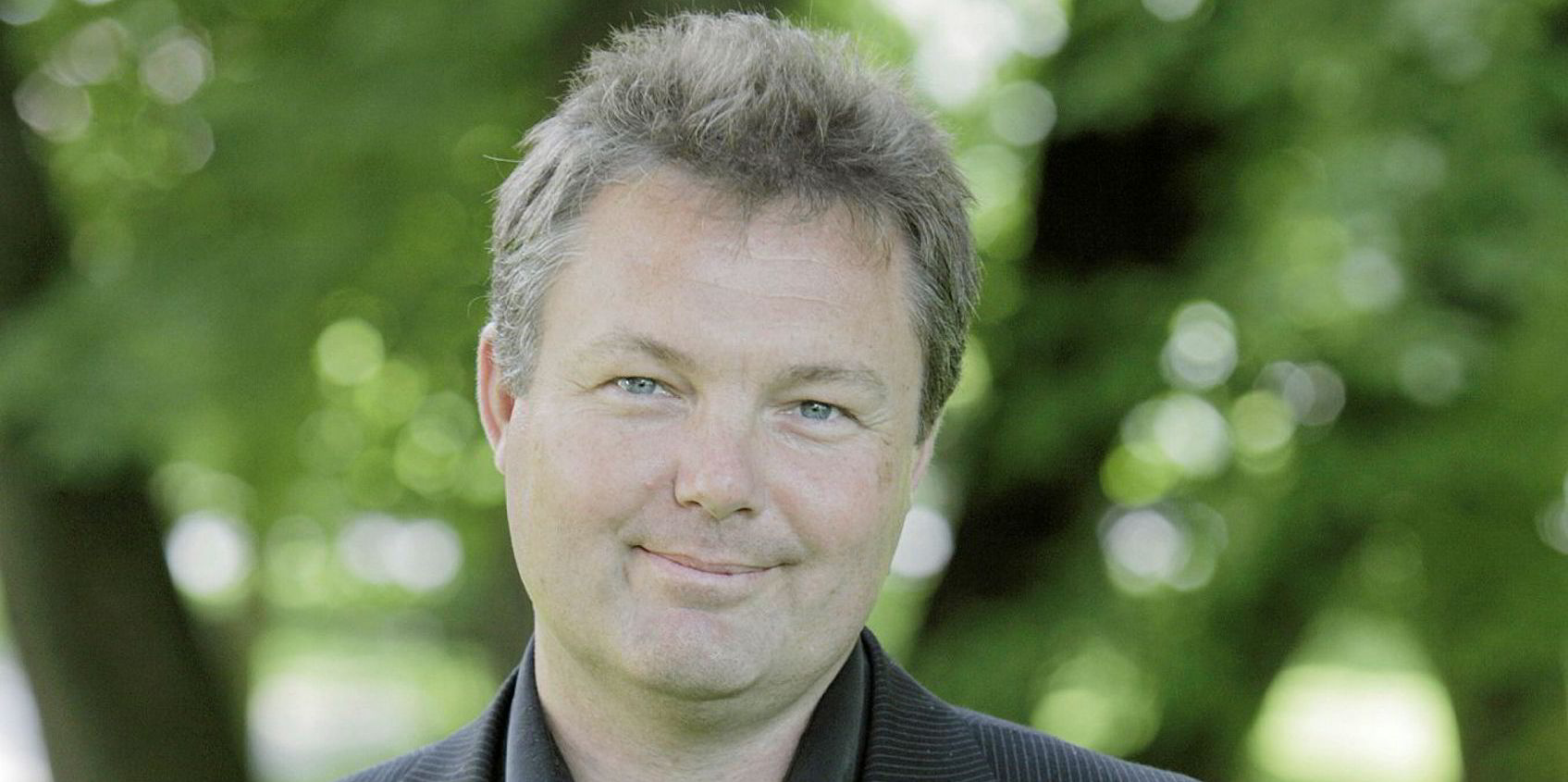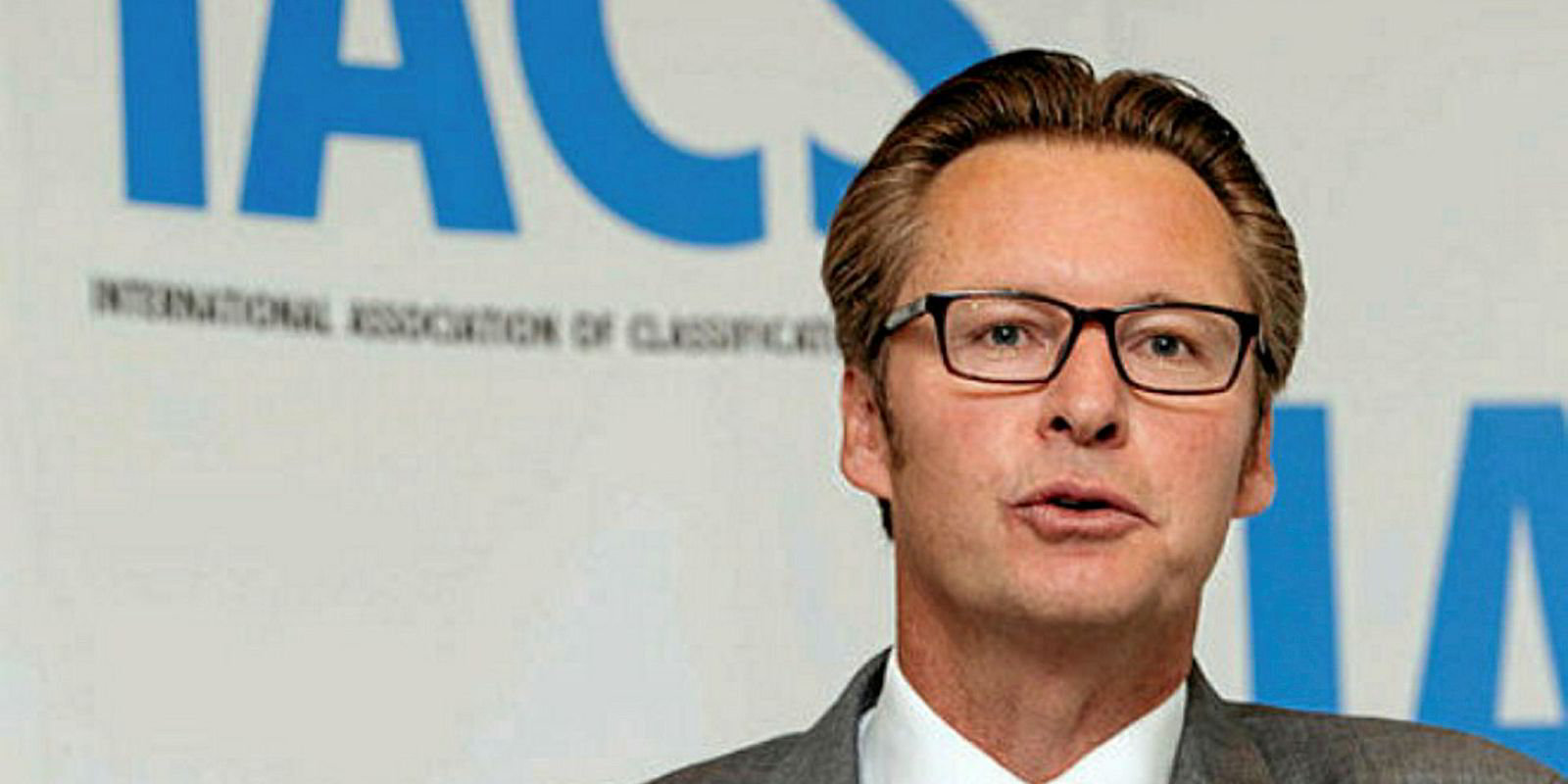DNV GL has forecast that “carbon-neutral” fuels will need to become the largest energy sources for shipping by 2050 if IMO member states are to meet their decarbonisation targets — but such fuels do not yet exist.
The United Nations body is aiming to reduce the carbon intensity in shipping by 70%, while cutting the overall greenhouse gas emissions by at least 50% from the 2008 level by 2050.
To achieve these goals, DNV GL says large-scale use of fuels with much lower emissions during their production and consumption stages is required.
The Oslo-based classification society forecasts maritime energy demand of 13,163 petajoules in 2050, those fuels will need to account for at least 4,121 petajoules, compared with 3,495 petajoules in oil-based fuels and 2,776 petajoules in gas-based energy.
In comparison, oil-based fuels made up 82.5% of shipping’s total energy demand of 13,300 petajoules in 2018.
Speaking to TradeWinds, DNV GL’s director of environment and regulatory affairs Eirik Nyhus suggested “a broad mix” of alternative fuels would be needed for the 2050 vision to be realised.
While not yet in existence, these could be developed from biofuels, methanol, hydrogen, LPG, LNG or renewable energy, among other options.
“We are in a testing phase,” said Nyhus. “A lot of companies are trying a lot of solutions ... we have many difficult choices in terms of developments ahead of us.”
The classification society believes that more policy measures are needed to support the development and implementation of new technologies and fuels, which would be aimed at limiting the consumption of heavy bunkers and promoting more usage of low-emission energy.
“Not only do we need to see [the new] fuels as technologically viable, it’s also a question of scalability, logistics, infrastructure and suitability of marine application,” Nyhus said.
“When we look at future fuels, we need to be looking at something that is suitable.”
While some alternative bunkers would require new vessel designs, some solutions could be phased in earlier, according to Nyhus. “If you have a fuel as a ‘drop-in fuel’ in your existing tanks, fuel systems and engines … you can get up much quicker to that place.”
Those developments are expected to take years to result in commercially viable practical solutions — so Nyhus believes all sides should start to work towards the 2050 emission targets today.
“We cannot defer it by another 15 years. If that happens, we will certainly not be able to meet the greenhouse gas goal,” he said.





